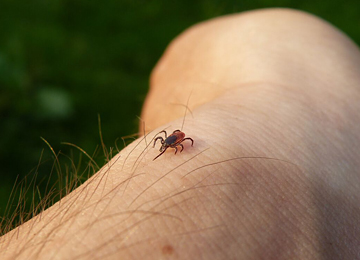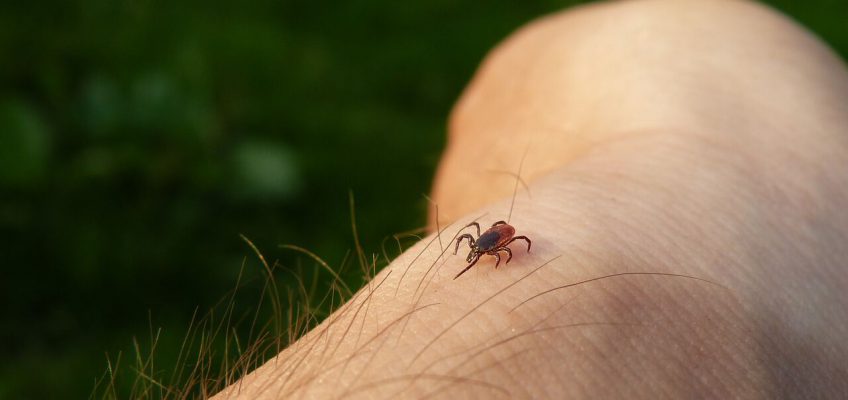 Long summer days are not only great for hitting the beach but also for exploring trails and wooded areas. Floridians are not the only ones who enjoy these lush areas – mosquitoes, yellow flies and gnats are rampant but there is another pest to watch out for: the tick.
Long summer days are not only great for hitting the beach but also for exploring trails and wooded areas. Floridians are not the only ones who enjoy these lush areas – mosquitoes, yellow flies and gnats are rampant but there is another pest to watch out for: the tick.
The Florida Department of Health warns that ticks are typically found in wooded areas or those with long grass. They feed off the blood of animals and can spread diseases through their bites.
“Most tick-bites will not cause you harm,” White-Wilson Family Medicine provider Melissa McComak, ARNP, FNP, explains.
“However, in Florida, they may result in well known illnesses such as Lyme disease or Rocky Mountain spotted fever or lesser known ones such as, ehrlichiosis and anaplasmosis. That means, it is important to remove ticks as soon as possible.”
You may have heard that one sure way to remove ticks is to use heat from a match. But before you start carrying a matchbook around with you at all times, you should know that this is simply an old wives tale.
“There is no scientific evidence to suggest that heat should be used to remove ticks,” Mrs. McComak says. “The goal is to remove the tick as quickly as possible, not to wait for them to detach.”
She suggests checking yourself and children when returning from time outdoors. If a tick is spotted, the most efficient way to remove a tick is to use a pair of fine-tipped tweezers.
“You’ll want to grab the tick as close to the skin as possible and pull upwards steadily, so as to not break off the mouth-parts of the insect.” Mrs. McComak explains. “If you do break off the mouth-parts and they remain in the skin, you can try to remove them with the tweezers or leave it and let the skin heal itself. After the tick is removed, you should thoroughly clean the bite area and your hands with soap and water or rubbing alcohol.”
Following a tick bite, keep an eye on the bite area for a few weeks to see if you develop a rash or fever. If this occurs, visit your primary care provider as soon as possible and let him or her know about the bite.
This myth is BUSTED!


